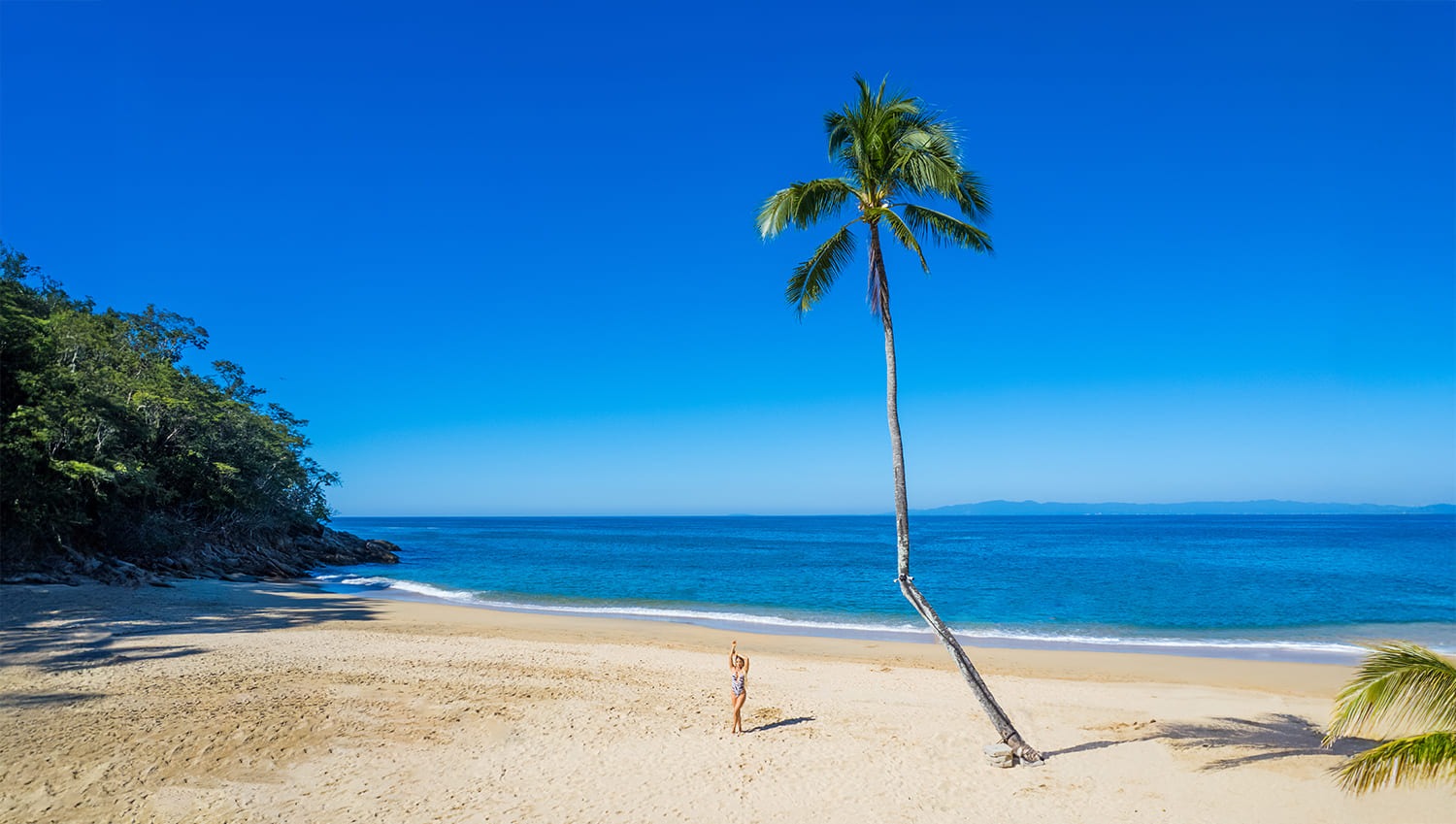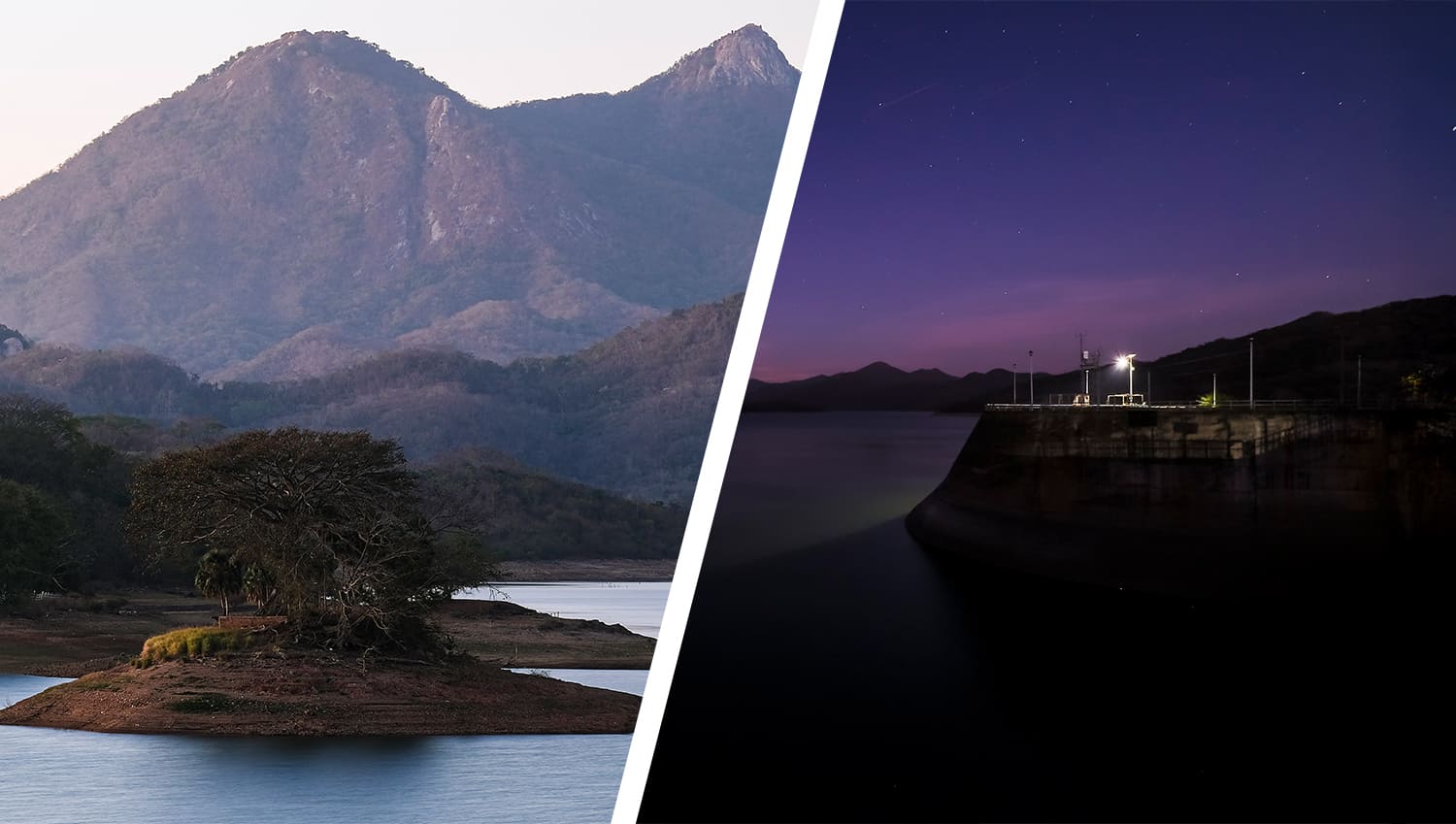After a year delay, the Islas Marías (Marías Islands) (off the coast of Riviera Nayarit) confirmed the opening to visitors in April 2022.
From 1905 to 2019, these islands served as a prison, but thanks to a presidential decree announced on March 8th, 2019, the cultural and environmental transformation of this space began.
The Comprehensive Project Islas Marías is made up of three elements: the protection and conservation of this archipelago to keep it as a Protected Natural Area; the installation of the Environmental and Cultural Education Center “Muros de Agua – José Revueltas;” and the opening of Isla María Madre to visitors.
The Marías Islands were declared a Natural Protected Area (ANP) with the character of a biosphere reserve. Later, they were recognized as a World Heritage Site by UNESCO. Within the ANP, the National Commission of Natural Protected Areas (CONANP) has the mission of maintaining the environment balance, as well as promoting the restoration and protection of the area.
The Ministry of Tourism will design a set of activities and experiences, so that visitors can enjoy and learn about the history of María Madre Island, while ensuring the proper conservation of flora and fauna.
López Obrador, president of Mexico, clarified that transportation to the islands will be from Puerto Vallarta, Jalisco; San Blas, Nayarit and Mazatlán, Sinaloa.
Marías Islands Fun Facts
- For more than a century, the prison of Marías Islands was one of the most feared places in the imagination of the Mexicans.
- The prison was established on María Madre, the largest of four beautiful islands in an archipelago where wildlife abounds.
- At different stages of its existence, the prison had different levels of repression and prisoners of different dangerousness.
- There were also female prisoners on the island, although their number was always much lower than that of the men.
- At the beginning, people arrived who had committed repeated crimes (theft and/or circulation of counterfeit currency).
- Many lived in semi-liberty, that is, confined to the island, but without being behind bars.
- There were a couple of companies (a shrimp farm and a sawmill) where prisoners could work.
- Some prisoners lived with their families, so there were times when there were hundreds of children (up to 600 or so). Families could stay for weeks or months to visit.
- Over the time, families and children were diminishing (during the final eviction only seven families and 10 children were registered.)
- One of the four complexes that were closed in 2019 was a high-security center, where prisoners lived confined two by two in cells of a few square foot.



